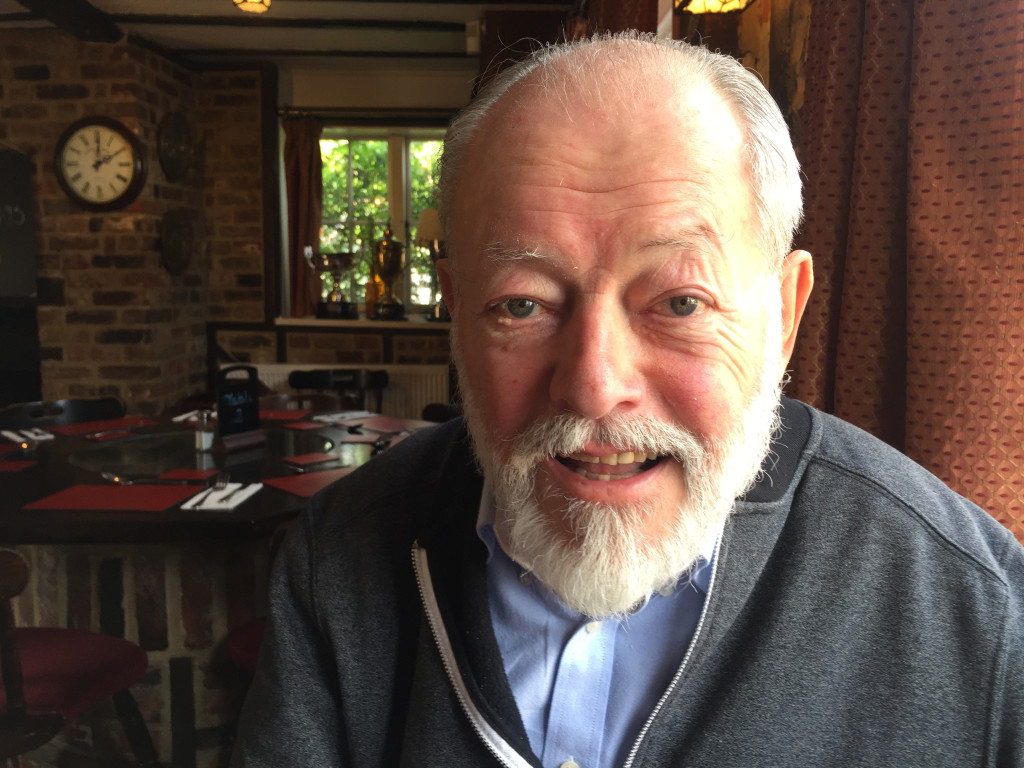[ad_1]
Roger Cardinal, a writer and art historian whose work helped to define a loosely defined field sometimes referred to by the inadequate label of outsider art, has died at 79. The Guardian first reported the news on Wednesday, and said he died on November 1.
In a statement, the American Folk Art Museum called Cardinal a “leading authority on surrealism,” adding, “His brilliant observations, critical thinking, and curious mind will be dearly missed.”
Cardinal is perhaps best known for his 1972 book Outsider Art, whose name has since become synonymous with a category of art made by people without formal training. (The exclusionary term has begun to fall out of usage, given a tendency for it to be applied disproportionately to the work of nonwhite artists and people with mental illnesses. Instead, some critics have preferred the term “self-taught art,” though that has been derided as unsatisfactory as well.)
Initially, Cardinal set out to write a book about the term art brut, which was conceived by artist Jean Dubuffet to refer to work made by children and those with mental illnesses—art that he believed was more “naive,” as he sometimes put it, than what his modernist colleagues were doing. “He was challenging the unsuspecting Parisian art world,” Cardinal told Diversity in the Arts in 2019, speaking of Dubuffet.
Working with Dubuffet, he researched artists who were regarded as “anti-academic,” among them Adolf Wölfli, who created highly detailed abstract visions of cities from a psychiatric hospital in Switzerland where he was committed. At one point titled The Art of the Artless, the book soon became Outsider Art following protests from its publisher. When it was first printed, in England, it was “largely ignored,” Cardinal once said. Then, when it traveled to America, it became a smash success.
Cardinal also worked on what has been regarded as a formative exhibition in the history of self-taught art, 1979’s “Outsiders” at the Hayward Gallery in London, which he co-curated with Victor Musgrove. With 400 works on view, the exhibition was, for its time, extraordinarily open-minded. The artists on view, the curators said in a list of notes handed to members of the press covering the show, were “in no way inferior to official art,” and their work should “not be confused with naive art.” Among the 42 artists surveyed were Henry Darger, Martín Ramírez, and Oskar Voll.
If some curators and dealers were unwilling to consider self-taught art worthy of study during the time of “Outsiders,” that is no longer the case. The Outsider Art Fair now holds editions in Paris and New York each year, and “Outliers and American Vanguard Art,” a survey of the American counterparts of primarily European crew surveyed in “Outsiders,” was praised as “groundbreaking” by the New York Times when it first opened in Washington, D.C., at the National Gallery of Art in 2018.
Born in 1940, Cardinal began as an academic studying Surrealism and automatist thought, and began studying self-taught art in the early ’70s. He went on to write several more books, including Figures of Reality (1981) and Expressionism (1984).
In some ways, he did not expect to have such an illustrious career. “A lot of outsider art rotates around issues of personality, of asking who I am, which means going deep into the inner self of an individual,” he said in the Diversity in the Arts interview. “So this kind of research could be dangerous, provocative, and damaging to you in such a way that you may never be able to write a book again.”
[ad_2]
Source link


